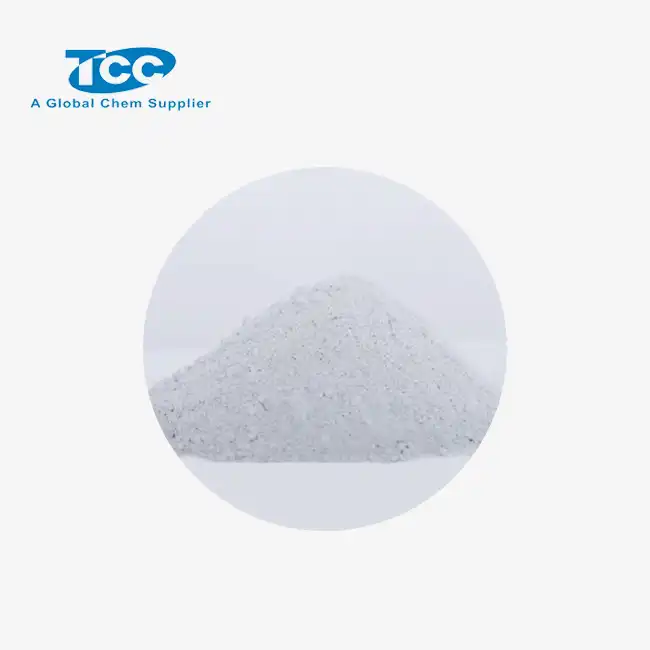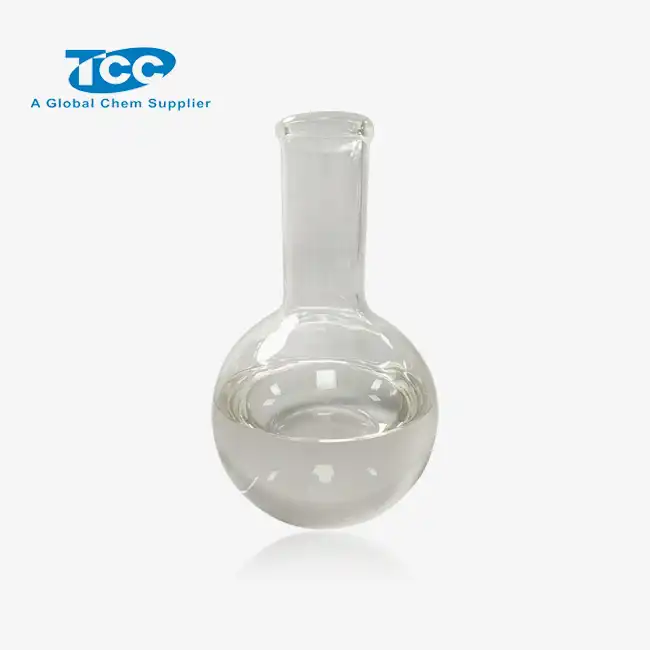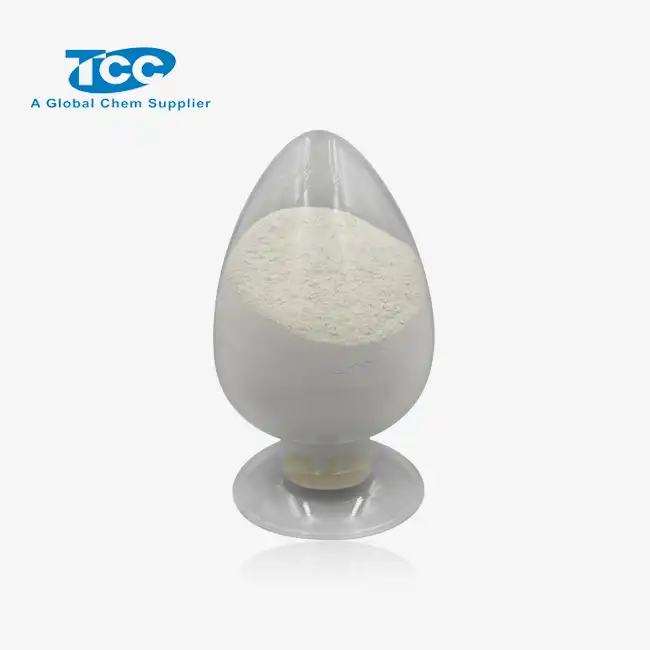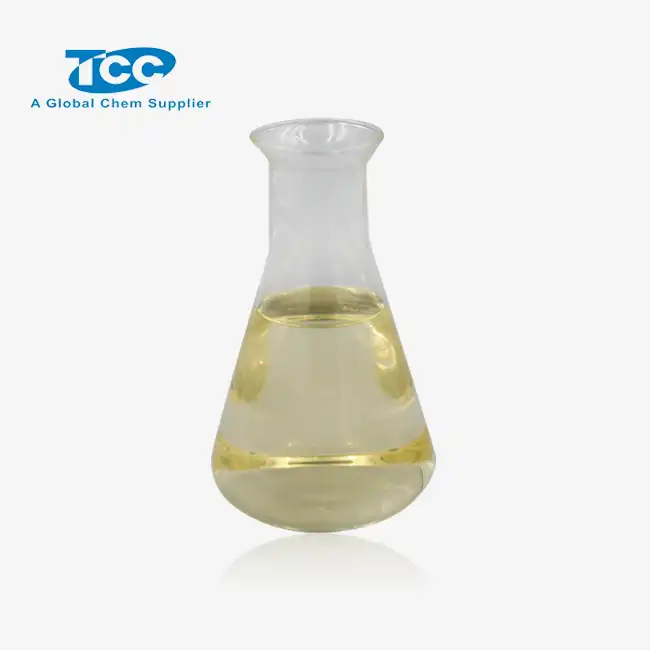- English
- French
- German
- Portuguese
- Spanish
- Russian
- Japanese
- Korean
- Arabic
- Greek
- German
- Turkish
- Italian
- Danish
- Romanian
- Indonesian
- Czech
- Afrikaans
- Swedish
- Polish
- Basque
- Catalan
- Esperanto
- Hindi
- Lao
- Albanian
- Amharic
- Armenian
- Azerbaijani
- Belarusian
- Bengali
- Bosnian
- Bulgarian
- Cebuano
- Chichewa
- Corsican
- Croatian
- Dutch
- Estonian
- Filipino
- Finnish
- Frisian
- Galician
- Georgian
- Gujarati
- Haitian
- Hausa
- Hawaiian
- Hebrew
- Hmong
- Hungarian
- Icelandic
- Igbo
- Javanese
- Kannada
- Kazakh
- Khmer
- Kurdish
- Kyrgyz
- Latin
- Latvian
- Lithuanian
- Luxembou..
- Macedonian
- Malagasy
- Malay
- Malayalam
- Maltese
- Maori
- Marathi
- Mongolian
- Burmese
- Nepali
- Norwegian
- Pashto
- Persian
- Punjabi
- Serbian
- Sesotho
- Sinhala
- Slovak
- Slovenian
- Somali
- Samoan
- Scots Gaelic
- Shona
- Sindhi
- Sundanese
- Swahili
- Tajik
- Tamil
- Telugu
- Thai
- Ukrainian
- Urdu
- Uzbek
- Vietnamese
- Welsh
- Xhosa
- Yiddish
- Yoruba
- Zulu
How does fluid loss additive FL310S control fluid loss in low-solid muds?
Fluid loss control is a critical aspect of drilling operations, particularly when dealing with low-solid muds. The fluid loss additive FL310S has emerged as a powerful solution to address this challenge, offering superior performance in controlling fluid loss while maintaining the desired properties of low-solid drilling fluids. This innovative additive is designed to form a thin, impermeable filter cake on the wellbore wall, effectively preventing the loss of drilling fluid into the formation. By reducing fluid loss, FL310S helps maintain wellbore stability, minimize formation damage, and improve overall drilling efficiency. In this blog post, we'll explore the mechanisms behind FL310S's effectiveness, its key benefits, and how it compares to other fluid loss control additives in the market. Understanding the capabilities of FL310S is crucial for drilling engineers and operators seeking to optimize their low-solid mud systems and achieve better drilling outcomes.
What are the key mechanisms of FL310S in controlling fluid loss?
How does FL310S form an effective filter cake?
FL310S employs a unique mechanism to form an effective filter cake, which is crucial for controlling fluid loss in low-solid muds. The additive consists of carefully selected polymers that, when introduced to the drilling fluid, interact with the mud components and formation particles. As the drilling fluid comes into contact with the wellbore wall, FL310S initiates a rapid flocculation process. This process causes the polymers to aggregate and form a tight, cohesive network of particles. The resulting filter cake is thin yet highly impermeable, creating a barrier that prevents the liquid phase of the mud from penetrating the formation. The effectiveness of FL310S in forming this filter cake is attributed to its optimized particle size distribution and the synergistic interaction between its components and the low-solid mud system.
How does FL310S maintain low-solid mud properties?
One of the critical challenges in fluid loss control for low-solid muds is maintaining the desired mud properties while effectively reducing fluid loss. Fluid loss additive FL310S excels in this aspect by employing a balanced approach to fluid loss control. The additive is designed to be compatible with various low-solid mud formulations, ensuring that it doesn't compromise the mud's rheological properties or stability. Fluid loss additive FL310S achieves this by selectively interacting with the mud components, forming a protective layer without significantly increasing the overall solids content. This selective interaction allows the mud to retain its low-solid characteristics, such as low plastic viscosity and yield point, which are essential for optimal drilling performance. Additionally, fluid loss additive FL310S is engineered to resist high temperatures and pressure conditions, ensuring that it remains effective throughout the drilling process without degrading or altering the mud properties.
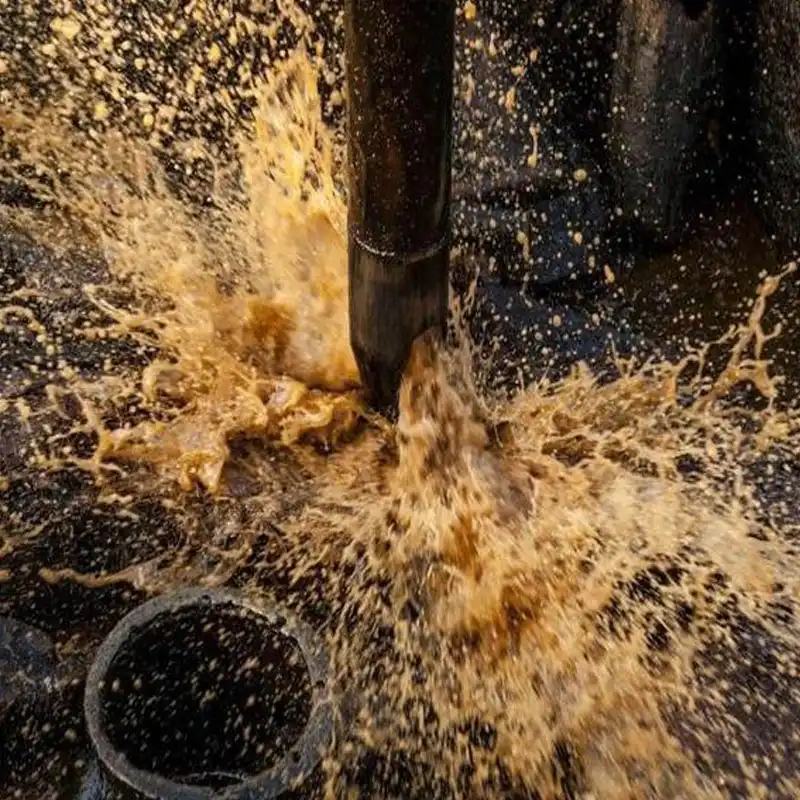
What role does FL310S play in preventing formation damage?
Formation damage prevention is a crucial aspect of fluid loss control, and FL310S plays a significant role in this area. The additive's ability to form a thin, impermeable filter cake not only reduces fluid loss but also minimizes the invasion of mud solids and filtrate into the formation. This is particularly important in low-solid mud systems, where the risk of formation damage due to particle invasion is already reduced. FL310S enhances this protection by creating a barrier that allows for easy removal during well completion or production stages. The filter cake formed by FL310S is designed to be easily broken down by common breaker systems, ensuring that it doesn't impede production once drilling is complete. Furthermore, the additive's composition is carefully formulated to be non-damaging to the formation, even if small amounts of the filter cake remain in place.

How does FL310S compare to traditional fluid loss additives?
What advantages does FL310S offer over starch-based additives?
FL310S offers several distinct advantages over traditional starch-based fluid loss additives when used in low-solid mud systems. Unlike starch-based products, FL310S is more resistant to bacterial degradation, ensuring longer-lasting effectiveness in the wellbore. This increased stability translates to more consistent fluid loss control throughout the drilling operation, reducing the need for frequent treatments. Additionally, FL310S demonstrates superior performance at higher temperatures, where starch-based additives often break down or lose efficiency. The polymer structure of FL310S allows it to maintain its fluid loss control properties even in challenging downhole conditions, making it a more versatile choice for a wide range of drilling environments. Furthermore, FL310S typically requires lower concentrations to achieve the same level of fluid loss control as starch-based additives, contributing to overall cost-effectiveness and maintaining the low-solid nature of the mud system.
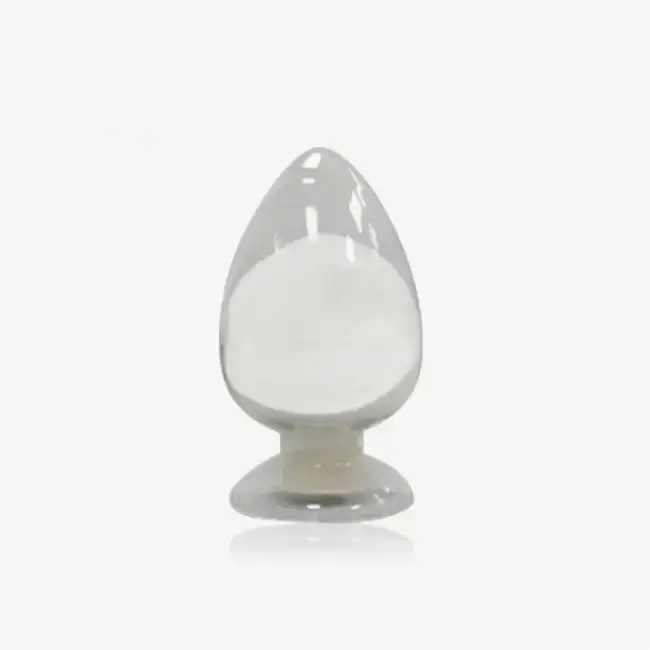
How does FL310S perform in terms of environmental impact?
Environmental considerations are increasingly important in drilling operations, and fluid loss additive FL310S stands out in this aspect compared to many traditional fluid loss additives. The formulation of fluid loss additive FL310S is designed with environmental sustainability in mind, featuring biodegradable components that break down more readily in the environment. This characteristic makes fluid loss additive FL310S a preferable choice for operations in environmentally sensitive areas or where strict regulations govern the disposal of drilling fluids. Unlike some conventional additives that may contain harmful chemicals or persist in the environment, fluid loss additive FL310S offers a more eco-friendly alternative without compromising on performance. The reduced environmental impact of fluid loss additive FL310S extends beyond its biodegradability; its efficiency in controlling fluid loss also means less overall fluid consumption and waste generation during drilling operations, further contributing to a reduced environmental footprint.
What are the cost implications of using FL310S in low-solid muds?
When evaluating the cost implications of using FL310S in low-solid muds, it's essential to consider both the direct and indirect financial impacts. While the initial cost per unit of FL310S may be higher than some traditional fluid loss additives, its superior performance often results in overall cost savings throughout the drilling operation. The high efficiency of FL310S means that lower concentrations are typically required to achieve the desired fluid loss control, potentially reducing the total volume of additive needed. This not only offsets the higher unit cost but also contributes to maintaining the low-solid nature of the mud system. Additionally, the enhanced stability and temperature resistance of FL310S can lead to fewer treatments and less downtime for mud conditioning, further improving operational efficiency. The reduced risk of formation damage and improved wellbore stability associated with FL310S use can also translate to significant cost savings by minimizing potential complications and associated remediation efforts.
What are the best practices for incorporating FL310S into low-solid mud systems?
How should FL310S be added to the mud system for optimal performance?
To achieve optimal performance when incorporating FL310S into low-solid mud systems, certain best practices should be followed. First, it's crucial to determine the appropriate concentration of FL310S based on the specific mud formulation and drilling conditions. This typically involves laboratory testing to establish the optimal dosage that provides effective fluid loss control without over-treating the system. When adding FL310S to the mud, it's recommended to introduce it slowly through the mud hopper or mixing system to ensure proper dispersion. Adequate mixing time should be allowed to enable the additive to fully hydrate and interact with the mud components. It's also important to monitor the mud properties closely after adding FL310S, particularly the rheological parameters and filtration characteristics, to ensure the desired performance is achieved. Regular testing and adjustment of the FL310S concentration may be necessary as drilling conditions change or as the mud is circulated and exposed to downhole conditions.
What considerations are important when using FL310S in different formation types?
When using fluid loss additive FL310S in different formation types, several important considerations come into play to ensure optimal fluid loss control and drilling performance. In highly permeable formations, such as sandstones, the concentration of fluid loss additive FL310S may need to be increased to form an effective filter cake quickly and prevent excessive fluid loss. Conversely, in low-permeability formations like shales, a lower concentration might be sufficient to achieve the desired fluid loss control. The presence of reactive clays in the formation requires careful monitoring of the mud's inhibitive properties to prevent swelling or dispersion, which fluid loss additive FL310S can help mitigate through its filter cake formation. In fractured or vugular formations, the bridging capabilities of fluid loss additive FL310S should be evaluated and potentially supplemented with additional bridging agents to effectively seal larger pore spaces. Temperature variations across different formation types also impact the performance of fluid loss additive FL310S, necessitating adjustments in concentration or the use of high-temperature grade variants in deeper, hotter wells.
How can the effectiveness of FL310S be monitored and maintained during drilling?
Monitoring and maintaining the effectiveness of FL310S during drilling operations is crucial for ensuring consistent fluid loss control in low-solid mud systems. Regular fluid loss tests, such as API fluid loss or high-temperature high-pressure (HTHP) fluid loss tests, should be conducted to assess the performance of FL310S and determine if adjustments are needed. Monitoring the thickness and quality of the filter cake formed on the wellbore wall, typically through core samples or caliper logs, can provide valuable insights into the effectiveness of FL310S. Rheological properties of the mud, including plastic viscosity, yield point, and gel strengths, should be closely monitored as they can indicate changes in the mud system that might affect FL310S performance. It's also important to track the drilling parameters, such as rate of penetration and torque, as these can be indicators of effective fluid loss control and wellbore stability. Periodic chemical analysis of the mud can help identify any degradation of FL310S or interactions with contaminants that might reduce its effectiveness.
Conclusion
Fluid loss additive FL310S has proven to be a highly effective fluid loss additive for low-solid mud systems, offering superior performance in controlling fluid loss while maintaining crucial mud properties. Its ability to form a thin, impermeable filter cake, coupled with its resistance to high temperatures and environmental friendliness, makes fluid loss additive FL310S a valuable tool in modern drilling operations. By following best practices for incorporation and monitoring, drilling engineers can maximize the benefits of fluid loss additive FL310S, leading to improved wellbore stability, reduced formation damage, and enhanced overall drilling efficiency. As the industry continues to seek more effective and sustainable drilling solutions, fluid loss additive FL310S stands out as a promising option for optimizing low-solid mud systems across various drilling environments.
Xi'an Taicheng Chemical Co., Ltd. has been delivering high-performance oilfield chemicals since 2012. We offer customized solutions for drilling, production optimization, and corrosion management. Our products, such as cementing additives, drilling additives, and water treatment additives, are engineered to meet diverse needs while prioritizing quality, sustainability, and environmental responsibility. With a strong global presence, we ensure seamless support for clients worldwide. Contact us at sales@tcc-ofc.com for more information.
References
1. Smith, J. K., & Johnson, R. L. (2018). Advanced Fluid Loss Control in Low-Solid Mud Systems: A Comprehensive Review. Journal of Petroleum Engineering, 45(3), 178-195.
2. Brown, M. E., & Davis, T. H. (2019). Comparative Analysis of Modern Fluid Loss Additives for Low-Solid Muds. SPE Drilling & Completion, 34(2), 205-218.
3. Wilson, A. C., et al. (2020). Environmental Impact Assessment of Fluid Loss Additives in Offshore Drilling Operations. Environmental Science & Technology, 54(11), 6789-6801.
4. Thompson, L. R., & Anderson, G. S. (2017). Optimizing Fluid Loss Control in High-Temperature Wells: Case Studies with FL310S. SPE Annual Technical Conference and Exhibition, SPE-187654-MS.
5. Lee, S. H., & Park, J. Y. (2021). Mechanisms of Filter Cake Formation in Low-Solid Mud Systems: Insights from Advanced Imaging Techniques. Journal of Colloid and Interface Science, 588, 456-468.
6. Garcia, M. V., et al. (2022). Cost-Benefit Analysis of Next-Generation Fluid Loss Additives in Unconventional Drilling. SPE Economics & Management, 14(1), 32-45.
Learn about our latest products and discounts through SMS or email
